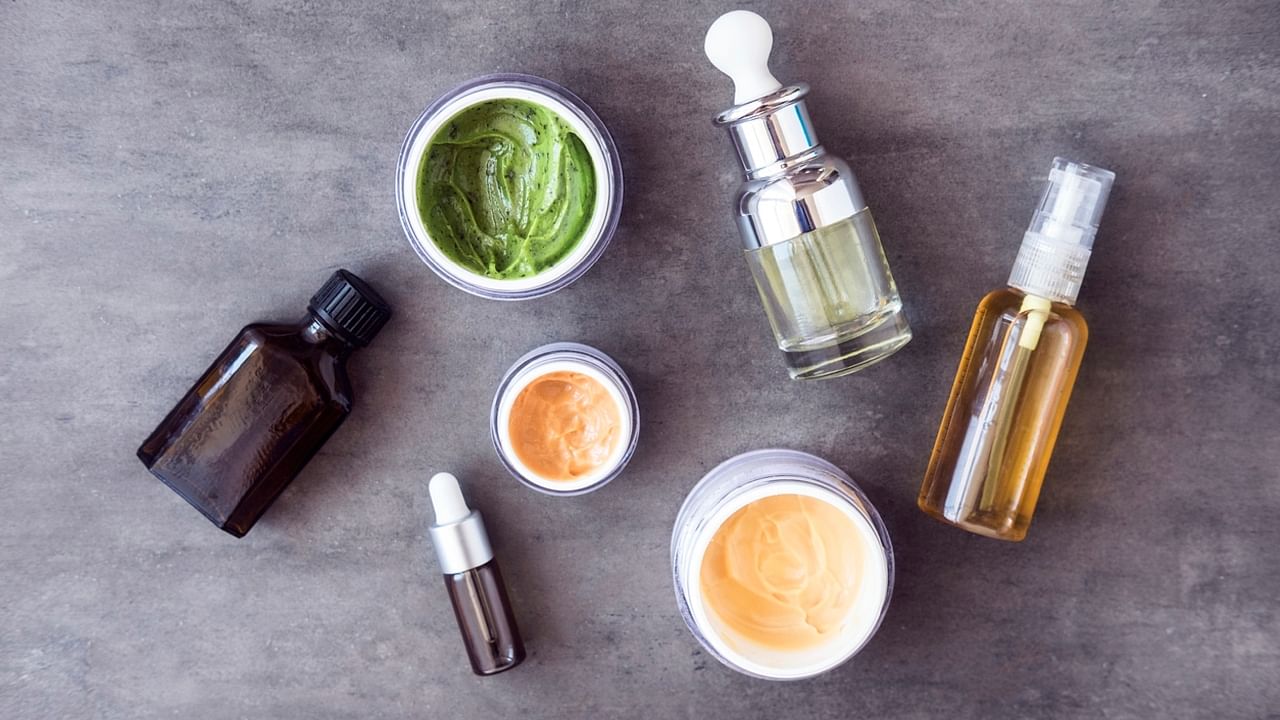
Skincare tips for beautiful skin
Credit: Getty Images
You might be applying sunscreen, but still developing sunspots and an increasing number of fine lines. Photoaging is the premature aging of the skin caused by repeated exposure to the sun’s ultraviolet radiation (UV rays) and artificial UV sources.
Understanding photoaging
The harmful rays damage the important proteins of the skin – collagen, elastin and fibres - which are responsible for youthful skin. Says Dr Pallavi Sule, dermatologist and aesthetic physician, “Sunlight is the main source of UV light. Ultraviolet radiation is composed of UVA, UVB and UVC rays. UVA rays penetrate the skin deeper, harming the epidermal layer and the dermis, also damaging the collagen and elastin tissues. Thus, UVA rays are the culprit behind photoaging – that includes the appearance of wrinkles, leathery skin and sagging face. The UVB rays penetrate the epidermis causing sunburn. The UV rays damage the DNA of the cells causing mutations, leading to premature aging”.
Watch out for these signs
“Examine your skin. The initial signs would be hyperpigmentation that is persistent and keeps getting darker by the day, and open pores increasing in number and size. Gradually, with increased photodamage, the skin becomes rougher, dehydrated with fine lines and uneven texture marking your complexion,” explains Dr Madhuri Agarwal, a dermatologist. “As it intensifies, you can get deeper wrinkles, moles, age spots and butterfly-like pigment on cheeks (melasma) appearing.”
Look for spider veins on the face and neck, and loss of lip colour and fullness. It is the appearance of these tell-tale signs on the arms and legs that make you look older than you are.
The blue light emitted by your electronic devices too damages your skin. Even with anti-glare options in screens and spectacles, resetting brightness and rationing screen time altogether is the way to avoid it. “You also have the UV rays getting emitted from light in your house and the ambience. Photoaging can be doubled if your skin is already inflamed, or is dry, itchy and sensitive,” says Dr Rashmi Shetty, dermatologist.
Your skincare guide
“Take care of your skin barrier. If your skin barrier is well nourished, then if any damage happens on top, the skin can heal itself. Choose a good moisturiser with antioxidants, and apply sunscreen multiple times a day, choosing the right SPF, and quantity. In addition, use an oral anti-oxidant,” advises Dr Shetty.
The physiological aging process commences around 20-25 years of age. The tropical Indian sun demands an SPF of 50 for your skin. “You can use different bases, gel-based, cream-based, physical, and chemical sunscreens. Physical sunscreens are like blocks, while chemical sunscreens absorb the sun rays and then reduce the damage,” she adds.
Apply half a teaspoon over your face, neck and hands using broad spectrum coverage of both UVA and UVB. Face sunscreen can be gel or lotion formulation, body sunscreen can be lotion, spray or stick formulation.
Restoring even tone
Photoaging is irreversible but there are ways of restoring an even tone in the skin. “Retinoids help in repairing cellular damage by producing collagen and improving cell turnover. Antioxidants like Vitamin C, ferulic acid, Phyto phenols and hydrating agents such as ceramides and sodium hyaluronate help protect and rebuild the skin. Clinical procedures such as chemical peels, dermal infusion, laser resurfacing, microneedling, radiofrequency, skin boosters and dermal fillers repair the photodamage to an extent,” says Dr Agarwal.